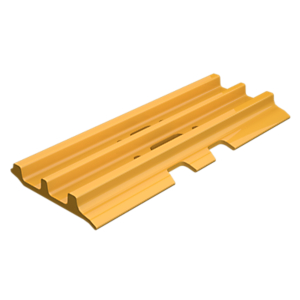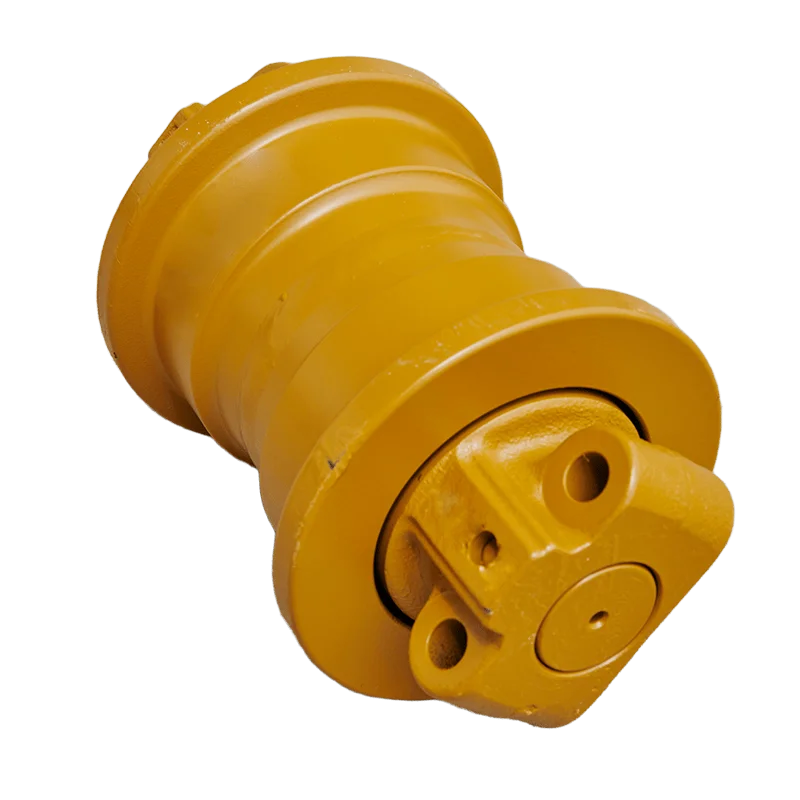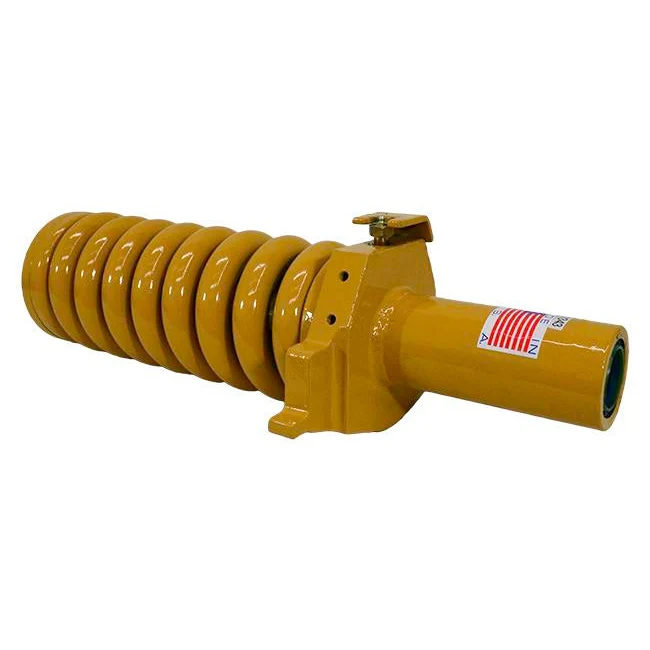Everything You Need to Know About Undercarriage Systems: Components, Maintenance, and Cost-Effective Tips
- Oğuzhan Gençer
- Sep 26
- 3 min read
Updated: Sep 27
Let’s begin — what each component does, which parts make up the system, and how to protect them to reduce costs and extend their lifespan. And very secret hint about undercarriage hided in this blog post.
Now, firstly, let’s take a closer look at the components of the undercarriage.


What parts are included in the undercarriage system?
Track Chains (Excavator, Dozer, Loader)

Allow the machine to move. Track Shoes / Grousers (Excavator, Dozer, Loader)

Connect the Track Chain, help the machine grip the ground and move. Bottom Rollers (Excavator, Dozer, Loader)

Support the machine’s weight and guide the track on the ground. Top Rollers / Carrier Rollers (Excavator, Dozer, Loader)

Support and guide the track on top to keep it aligned Idlers (Excavator, Dozer, Loader)

Help maintain proper tension Sprockets (Excavator, Dozer, Loader)

Drive the track chain and move the machine Track Adjuster / Tensioner (Excavator, Dozer)

Keeps the track at the correct tension. Track Guards (Excavator, Dozer)

Protect the undercarriage from debris and side impacts. Pins & Bushings (Excavator, Dozer, Loader)

Connect track links Track Frame (Excavator, Dozer, Loader)

Holds all undercarriage components in place
Every undercarriage part listed above, even the smallest components, carries a lot of weight—and because they are so heavy, they’re always costly. Whether you choose genuine OEM parts or aftermarket alternatives, these components highly expensive.
These components demand proper care and if you ignore daily checks is like leaving a strong bridge without inspection—it can quickly turn into a costly problem.
To help you avoid that, here are 5 essential daily checks for your undercarriage.
🛠️ Daily Undercarriage Check Checklist
Check Track Tension:
Ensure the tracks are neither too loose nor too tight. Incorrect tension accelerates wear on rollers, sprockets, and chains. Both Komatsu and Cat recommend checking track tension according to the operator’s manual for your machine type.
Clean the Undercarriage:
Remove dirt, mud, and debris at the start or end of each shift using a high-pressure washer. Accumulated debris increases fuel consumption and reduces component life.
Alternate Turning Directions:
Constantly turning in the same direction causes uneven wear. Alternate turns to ensure even wear across the undercarriage components.
Visual Inspection of Components:
Regularly inspect sprockets, rollers, and carriers for early signs of wear or damage:
Are sprockets worn or cracked?
Are rollers moving freely?
Are carriers clean and properly aligned?Early detection can prevent costly repairs.
Minimize Backward Movement
Frequent reverse movement increases undercarriage wear. Only move backward when necessary.
By following these daily checks, you can significantly extend the lifespan of your undercarriage, ensure long-term performance, and reduce maintenance costs. Next, let’s discuss the hidden part of why genuine undercarriage parts are preferred, how to assess their quality, and whether OEM or aftermarket components are the right choice.
For machines operating in mines, genuine parts are always preferred because long-term performance is always more beneficial for cost efficiency and profitability. While purchasing cheaper parts and replacing undercarriage components frequently might work for some, mining companies have a different approach. They prioritize longer machine uptime, and using genuine parts allows them to extend undercarriage life and reduce total operating costs. Some users, no matter whats they only use genuine original undercarriage spare parts.
But what if you don’t buy original parts—what happens? What brands or manufacturers should you use? If you don't purchase genuine parts after your breakdown most likely your next replacement duration and lifespan will be shorter. Furthermore, much worse quality undercarriage parts could even impact your overall machine and cost you more than that. Unless it is where knowing what to buy and from whom becomes critical when you buy replacement undercarrica or even reliable world-wide well known brands. Because even sometimes reliable well-knowns brands are not that much reliable. I've seen a lots of world-wide well known brands make production in 3rd world countries where the quality is poor, packing, labelling etc. You can easily understand it is not gonna work very well. Here’s a tip: many OEM brands outsource production to countries with lower manufacturing costs, but where OEM manufacturer maintain strict quality standards. If you can source these manufacturers reliably, you can get high-quality products at a lower price. So you do not have to pay a lots of money to brand.
For example, in Turkey, our company leverages this advantage very effectively. We can supply both genuine OEM undercarriage components and high-quality non-branded parts from reliable manufacturers, giving you options that balance quality and cost.
If you found this article useful, you can share with your fellows!
Stay safe and take care!









Comments